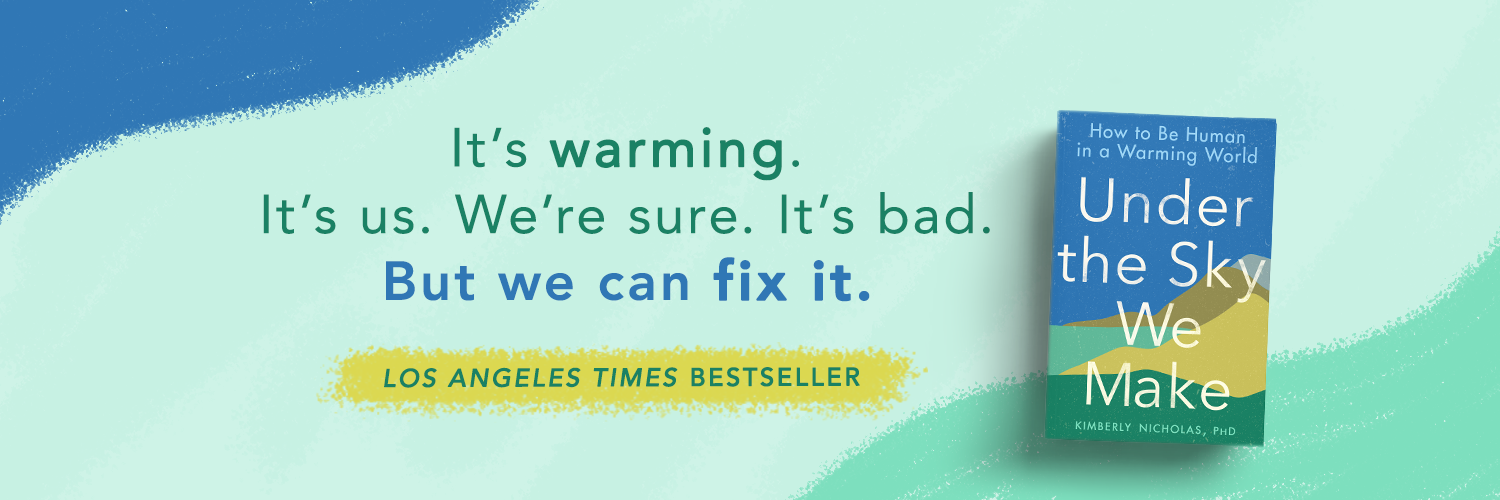|
Everything I needed to know about putting a commercial book out in the world, I learned from 20 years in academia... not!
Here's my guide to navigating the differences in norms and expectations between the worlds of scholarly articles and commercial books. Feel free to reuse with attribution. Click on the image below to download the full-resolution PDF with live links. Originally presented at the Ecological Society of America annual meeting, August 2021. Thanks to Emma Li Johansson of Lilustrations for design. Good luck writing!
0 Comments
Update, the newsletter is live!
Head over to Substack to read WE CAN FIX IT!
Hello world! Like many of us, I've spent 2020 locked away - in my case, writing my book, UNDER THE SKY WE MAKE, which I can't wait to share with you in March 2021.
As I'm wrapping up final edits and fact-checks on the book, I'm looking forward to starting new projects. On the agenda for 2021 will be an occasional newsletter on facing the climate crisis with facts, feelings, and action, where I'll share my latest research, writing, reflections, and projects, as well as what I'm reading, listening to, and enjoying, and answer reader questions. (Don't worry, I won't spam you- I'm aiming for monthly updates). I'd love to send you the inaugural copy when it launches, and to hear any suggestions for topics you'd like to see covered. Please sign up below. Thanks! P.S. For the full scoop on the newsletter, please head over to read more on Substack. Last October, I gave a Sunday morning talk to a group of early-career researchers attending the Earth Systems Governance conference. It was a day-long program on "Developing a career in earth system governance: opening up science." I enjoyed the chance to gather my thoughts and pass along some good advice I've been given (and some earned through experience!). Thanks very much to Ina Möller, who made a podcast from our conversation. You can have a listen here. Here's a condensed list and links to resources I've found helpful. Hope they're useful to others!
By Marius Sandvoll Weschke and Kimberly Nicholas The climate summit that will begin in Paris next week will attract delegates from more than 190 countries, all with the goal of signing an agreement to avoid the worst impacts of climate change. The whole world will have their eyes on Paris when the 21st Conference of the Parties (COP) is underway, and the pressure on the politicians and decision makers going to Paris is high, not only from their own governments and voters, but from many other parts of society. In particular, in recent months there has been a groundswell of statements on climate change from across sectors in society, from religious leaders, businesses, and scientific groups, to non-governmental organizations and national leaders. These statements outline the most important issues that their authors feel the Paris meeting should address. Among the statements gaining the most attention the last year an encyclical from Pope Francis, urging the world’s 1.2 billion Catholics to join the fight against climate change. A statement like this resonates far beyond the religious community, and it was portrayed in the media as a signal to politicians to pick up the pace on climate action. While the high-level United Nations process can make climate policy seem like a distant issue, these statements show that a vast number of people and interest groups are keenly invested in the process. We were interested in the key messages these diverse groups agree on. To analyze this, we analyzed 11 statements on climate change from religious groups, science, businesses, NGOs and the G7. The goal was to find out if the different groups speak the same language. That is, we wanted to see if the most commonly used words in the different statements overlap, which would indicate similar perspectives on the issue of climate change. We used an online word cloud generator to identify the 25 most commonly used words in each statement, and looked for words that were shared between statements (Figure 1). 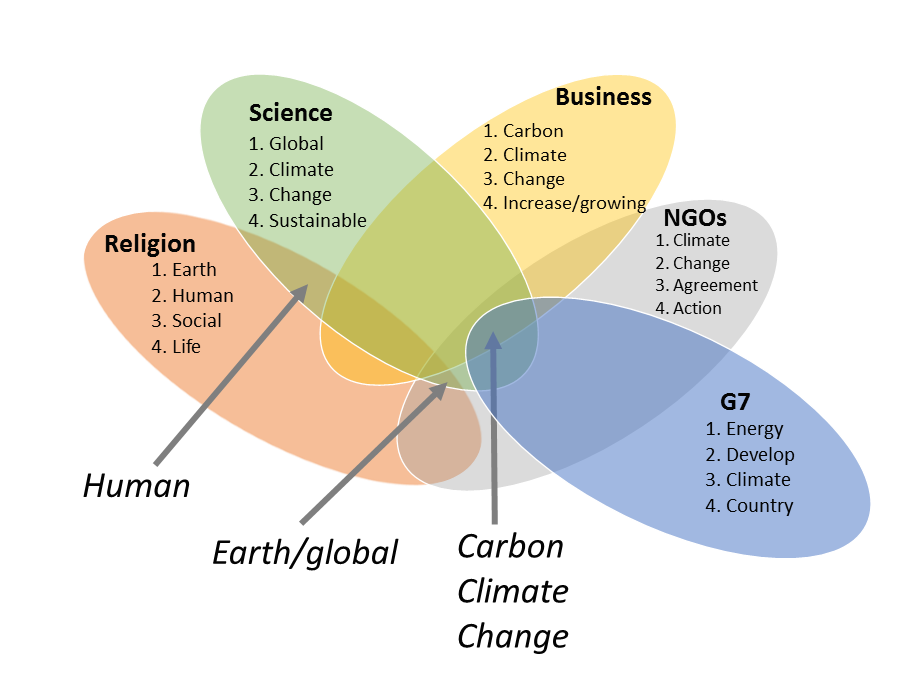 Figure 1: Quantitative word analysis of 11 climate change statements originating from statements in five categories: four religious statements, three scientific, two business, one NGO consortium, and the G7 leaders. The four most commonly used words within each category are shown in each bubble, while the words that are overlapping between categories are marked with arrows. See footnote (1) for list of statements analyzed. Our analysis showed the words ‘carbon’, ‘climate’, and ‘change’ are all among the most used words for science, business, NGOs and G7, but not the religious statements, indicating a technical and problem-oriented approach among these groups. The word ‘Earth’/’global’ shared similar ground between religion, science and NGOs, indicating a political or philosophical outlook shared by these groups. Surprisingly, religion and science shared the word ‘human’ among their most used words, indicating a shared worldview seeing people as both the cause and the solution to the problem of climate change. In the beginning of the study we hypothesized that there would be words that would be found among all categories, but as the figure shows, there was no word that all five sectors used most commonly. However, the existence of these statements still sends a strong message that the international community - from religious groups to businesses and from scientists to NGOs - wants their leaders and policymakers to focus on stronger action, leading to solutions to tackle human-induced carbon emissions driving climate change in Paris. At the same time, the religious perspectives highlight the social values these choices represent, and how fundamental they are to our way of life. Statements Analyzed: Religious statements: Pope Francis’ Encyclical (http://tinyurl.com/ptcm9bz), A Buddhist Declaration on Climate Change (http://tinyurl.com/p9ge6xj), Islamic Climate Declaration (http://tinyurl.com/nqg98o7), A Rabbinic Letter on the Climate Crisis (http://tinyurl.com/qcyzmqg). Scientific statements: Earth Statement (http://tinyurl.com/nqw7d9b), Our Common Future under Climate Change (http://tinyurl.com/q5oy4x5), Planet under Pressure (http://tinyurl.com/7mvc9vq) Business statements: Institutional Investment Group on Climate Change (http://tinyurl.com/oaf6ooz), The World Bank: Putting a Price on Carbon (http://tinyurl.com/nrkagpx). NGO statement: Paris 2015: getting a global agreement on climate change (http://tinyurl.com/mhbqt2r). National leaders: Leaders’ Declaration G7 Summit 2015 (http://tinyurl.com/nmuagfd) This post summarizes research by Marius Sandvoll Weschke and Kimberly Nicholas presented at the Transformations conference held in Stockholm, October 2015.
Read an interview with Marius about this work in the Finnish newspaper Kyrkpressen here. I was recently contacted by a Swedish high school student writing a senior thesis with some questions about climate change and food production. Here are their questions, and my answers. 1. What effect does global warming have on food production? What kind of impact does this effect have on rich and poor countries? In general for most major food crops, increasing temperatures decrease yields. The more warming, the greater yield loss. About 2/3 of food that people eat worldwide (measured in calorie production) comes from 4 crops: wheat, maize, rice, and soybean. These crops are sensitive to temperature, as you can see below. Here rice is not so much affected (the green line does not decline very much with warming), and soybean can also tolerate some higher temperatures (the blue line does not drop much until more than 2° of warming occurs), but wheat (purple line) and maize (called corn in the US; red and orange lines) start to experience big yield losses that increase with more warming. The effect of warming on crops depends on physics (how much does the atmosphere warm) and biology (how do crops respond to warming), as well as social systems (how well can people cope with change and what resources do they have to do so- this can include traditional knowledge as well as technology like irrigation). Even rich countries can be affected. For example, I have just published a paper with colleagues that shows that wheat yields in Australia are likely to decline 50-70% with high warming from continued heat-trapping pollutants (greenhouse gases like carbon dioxide). 2. What actions/solutions are there to make the impact as little as possible? What have the countries done so far to prevent this? There are many ways to reduce climate change, for individuals, organizations like schools, communities, businesses, and countries. Individuals can consider their carbon footprint. Some of the biggest ways to reduce this are to eat less meat or adopt a vegetarian diet, minimize travel especially air travel, and choose to have fewer children. Organizations can assess their resource use and find ways to focus on delivering the desired services (like education) with less resource inputs. Fundamentally, to reduce the risks of climate change, the world needs to move towards a goal of zero carbon emissions. This means we need to stop burning fossil fuels like coal, oil and gas, which contain a lot of carbon that turns into the heat-trapping pollutant carbon dioxide in the atmosphere. How we use land to grow food is also a major contributor. Your question about what countries are doing is very timely. The international process around climate change is coordinated by the United Nations Framework Convention on Climate Change. There will be a meeting in Paris (called COP21) starting in November where new treaties are negotiated. Many countries have made good progress. One example that got recent attention was the deal between the US and China, which you can read about here. However, much more work needs to be done to meet the targets for limiting climate change to 2°C above pre-industrial levels. Right now, the countries are making statements about what their commitments will be to reduce emissions. You can read more here for an overview, and here for Europe. 3. Are there countries that can have a positive impact due to global warming? Yes, some areas and some sectors are likely to benefit from climate change. For example, it may be possible to grow more crops in Canada and Russia and other northern areas if they have longer growing seasons and warmer temperatures. Melting of Arctic ice could open up new shipping routes. However, the overall impacts of climate change are negative, and they outweigh the benefits. Many studies have shown that it will be cheaper to avoid climate change, than to spend money to adapt to change, especially if we continue high emissions and therefore experience a lot of warming, which will produce a lot of changes in the environment that are expensive and difficult or in some cases impossible to adapt to. 4. Are there any plans for the future? How will it look in the future when certain crops are lost or run out? The way I think about dealing with climate change is to “manage what we can’t avoid, and avoid what we can’t manage.” There are many options to deal with climate change in agriculture, like changing planting dates of crops, switching varieties, or using more irrigation. However, the more warming we experience, the more difficult it is to adapt, as the infographic from the Cambridge Institute for Sustainability Leadership briefing on the latest scientific studies from the shows. This is why it’s so critical to limit the amount of climate change we experience by reducing greenhouse gas emissions, so that the impacts are manageable. 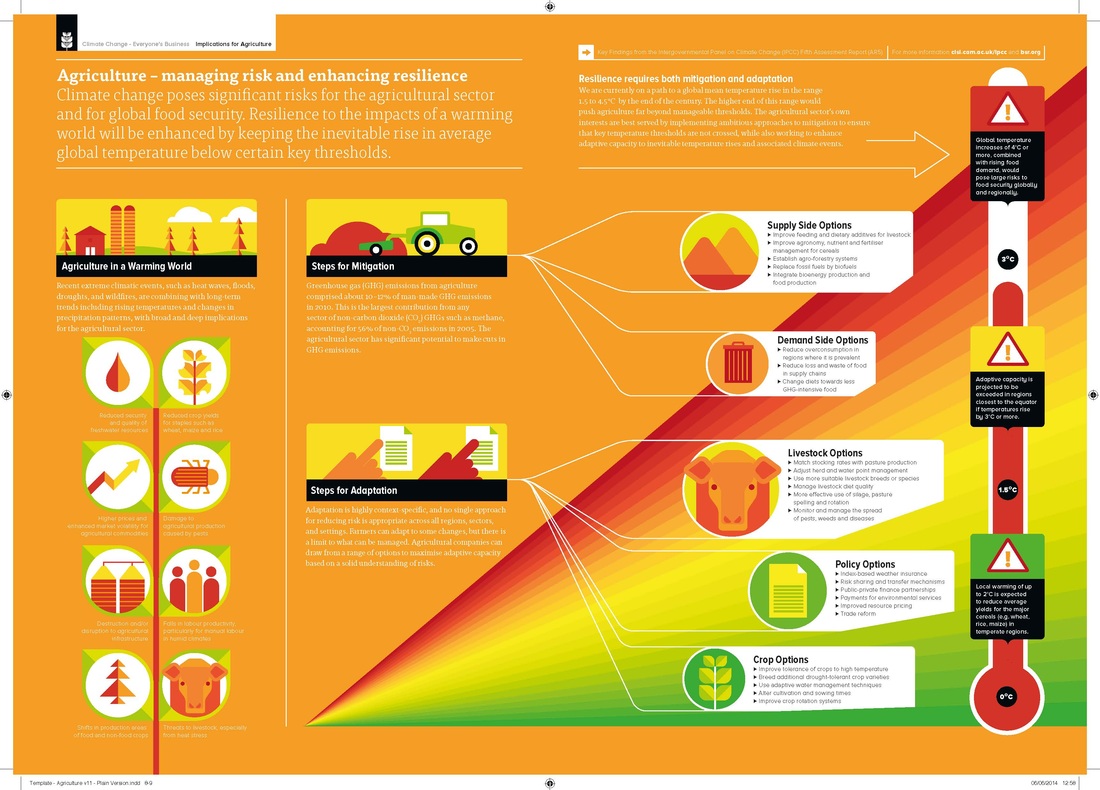 Credit: Cambridge Institute for Sustainability Leadership, IPCC Climate Science Business Briefings, "Agriculture" infographic, 2014. There are 13 excellent visual summaries of the latest climate science here: http://www.cisl.cam.ac.uk/business-action/low-carbon-transformation/ipcc-briefings/agriculture
While research is ongoing to try to understand how the more than 1,000 aroma compounds identified in wine affect our flavor perception, many compounds appear to be sensitive to climate, particularly in the later stages of grape ripening. Some desirable compounds like rotundone, which gives Syrah its typical black pepper aroma, appear to accumulate more at cooler sites and in cooler years, so warmer-climate Syrahs have less of this character. 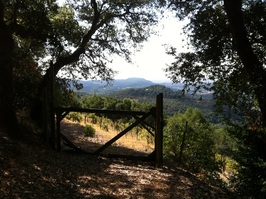 My parents' vineyard in the hills above Sonoma. My parents' vineyard in the hills above Sonoma. Winegrowers and winemakers have many options to adapt to warming climates. Growers are experimenting with new wine regions, cooler locations within existing regions (such as moving from warmer valleys to cooler hillsides), trying new varieties better suited to warmer conditions, and farming methods that provide more shade on the fruit. Winemakers can use approaches including alcohol removal and acid addition to improve wine balance. Steps like these can go a long way towards preserving great wines under climate change. Ultimately, though, there are economic and biophysical limits to this adaptation. There are also cultural limitations: the know-how and sense of place that growers cultivate along with the land over generations of family farming is not easily moved, and consumers have come to expect a distinct flavor profile from wines from their preferred regions. Great wine is grown, not made; it reflects its place of origin. If the climate changes even a little bit, local knowledge and skills that have taken generations to hone can become less relevant, even in familiar territory. But the changes we’re facing in climate are not small ones. Under our current trajectory of fossil fuel use, scientists project that the global average temperature will increase 4.7 to 8.6°F (2.6 to 4.8°C) over the next few generations. Even the low end of this range would be the difference in annual average temperatures between the winegrowing regions of Napa and Fresno today. Currently, Cabernet grapes from cooler Napa are worth more than 10 times as much as those from Fresno- a difference of over $3,000 a ton. Wine illustrates our deep reliance on nature to provide us with everything we need to live, and many of the things that make life worth living. We are in a moment of critical climate choices. Choosing to limit climate change gives us more options for a more healthy, thriving, fair, and delicious world- including more of the traditional flavors of your favorite wines.
*Update: Here is the Road to Paris story that resulted from this project, as well as my own Storify of the People's Climate March in Lund and Copenhagen. * I'm excited to share here a guest post written by Michelle Kovacevic, describing a new initiative I'm supporting to highlight the diversity and passion of people around the world supporting action to fight climate change. (As background: The 2014 Climate Summit is taking place in New York starting 23 September, convened by UN Secretary-General Ban Ki-Moon. This meeting will be attended by over 120 heads of state, who have been asked to announce their plans and policies to "reduce emissions, strengthen climate resilience, and mobilize political will for a meaningful legal agreement in 2015" at the December 2015 climate meeting in Paris (Conference of the Parties 21). I recommend the Road to Paris blog for great background reading on this process and its significance.) Please read on, participate, and share with your networks! -Kim 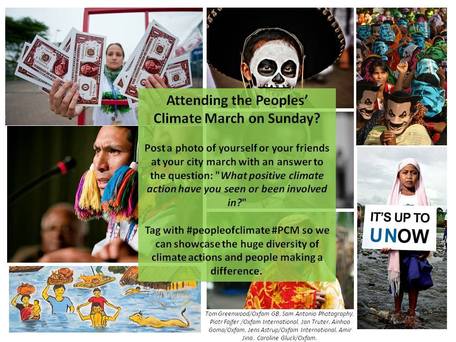 Image by Michelle Kovacevic Image by Michelle Kovacevic "From Melbourne to Lagos and Rio de Janeiro, this Sunday, September 21, the world will see the biggest-ever mobilization of people who want to see action against climate change: http://peoplesclimate.org/global/ The International Council of Science, through its Road to Paris blog, wants to create a global portrait of people passionate about climate change who are taking actions to make a difference. Are you planning to attend the People's Climate March in your city (global guide here), or in your own backyard? We were hoping you could help us compile a Humans of New York-style showcase of human stories about positive climate action around the world. All we're asking is for you to talk to 5 people at your city march and ask them:
-What positive climate action have they seen or been involved in? -Why are they marching? -Why do they care about climate change? -Why is it important to tackle climate change? Take a cool photo of them and the most interesting and positive story/quote you get while talking to each person and post on your social media account (Instagram, Twitter, Facebook, etc.) with the tag #peopleofclimate #PCM. We will be following these hashtags and posting the best stories on the Road to Paris platform on Monday. Remember, like Humans of New York, keep the stories/quotes short, sweet and actionable. Thanks for helping us showcase the huge diversity of possible climate actions and people making a difference! Suggested social media posts: Attending #PCM? Post selfie and answer "What positive climate action have you seen/been involved in? tag #peopleofclimate" @road2paris Facebook/G+/LinkedIn Attending the Peoples Climate March in your city? Post a photo of yourself or your friends at your city march with an answer to the question "What positive climate action have you seen or been involved in?". Tag with #peopleofclimate #PCM so we can showcase the huge diversity of climate actions and people making a difference. For more information about this initiative, contact Denise Young ([email protected]) and Michelle Kovacevic ([email protected])." (Text above in quotations written by Michelle Kovacevic)
The Full Scoop (aka, TL;DNR):
I'm incredibly lucky to have the opportunity to participate in a series of meetings right now in Auckland, New Zealand. First up was the Science & Diplomacy Symposium on August 27th, and the Global Science Advice to Governments meeting August 28-29. These two meetings together explore the role of science in shaping public policy, and responding to needs in the public arena, from practical observations on how scientists can better contribute to making the world a better place, to the role of scientists from situations of crisis to conflicting ideology. I'll be live-Tweeting updates from the conference under the hashtag #SciAdvice14. I'm in Auckland at the invitation of the International Council for Science (ICSU) thanks to the generous support of the German Research Foundation (DFG) to chair a panel on issues for early-career scientists at their General Assembly meeting, which is held once every three years (this year runs from Sunday night, August 31, through Wednesday, September 3). ICSU is a non-governmental organization with the mission to "strengthen international science for the benefit of society" through promoting international research collaboration, science for policy, and making science more open, equitable, and ethical throughout the world. Its members consist of over 120 national scientific academies of distinguished scholars elected to provide scientific advice and service to their countries (including the National Academy of Sciences in the US, and the Royal Swedish Academy of Sciences, who award most of the Nobel Prizes). Other members include international scientific unions, which focus on promoting scientific subject areas (like the International Union of Biological Sciences). The 2014 ICSU General Assembly will include discussion of the Rio+20 Sustainable Development Goals, intergovernmental assessments like the Intergovernmental Panel on Climate Change, and the new international research initiative Future Earth. The Early Career Panel will include a diverse group of researchers on Wednesday, September 3 (see participants below). We have 45 minutes to discuss issues facing early-career scientists across disciplines, institutions, and countries, and start the conversation about some of our proposed solutions. Among other issues, we'll be discussing challenges in research funding, mentorship, citation metrics as a means of evaluation, and linking research and teaching. We're collecting more ideas for issues to raise in this forum using the hashtag #EarlyCareerSci on Twitter, and we'd love your input (let's say by 05:00 GMT on Tuesday, September 2nd, as we're a day ahead of Europe and North America here in New Zealand!). Thanks for your input, and stay tuned for updates from the ICSU General Assembly under the #ICSUGA hashtag on Twitter. My colleagues on the panel include: 1. Fola Babalola, a postdoctoral fellow at the Center for Environmental Economics and Policy in Africa at the University of Pretoria. Fola works on forest socio-economics. 2. Yvonne Grunder is a Royal Society Research Fellow in the Department of Physics at Liverpool University, where she works on understanding atomic-scale structure and reactions. 3. Christine Jasoni, a senior lecturer in the Department of Anatomy at the University of Otago in New Zealand. Christine works on how challenges in the womb can affect lifelong disease risk. 4. Wilma Waterlander, a research fellow at the National Institute for Health Innovation at the University of Auckland in New Zealand. Wilma works on food policies to promote healthier eating and greater environmental sustainability. 5. Jianzhong Xu, a visiting scholar at the Department of Environmental Toxicology at the University of California-Davis. Jianzhong works on chemical analyses from fog to Himalayan glaciers. |
Categories
All
Archives
November 2023
|
KIM NICHOLAS
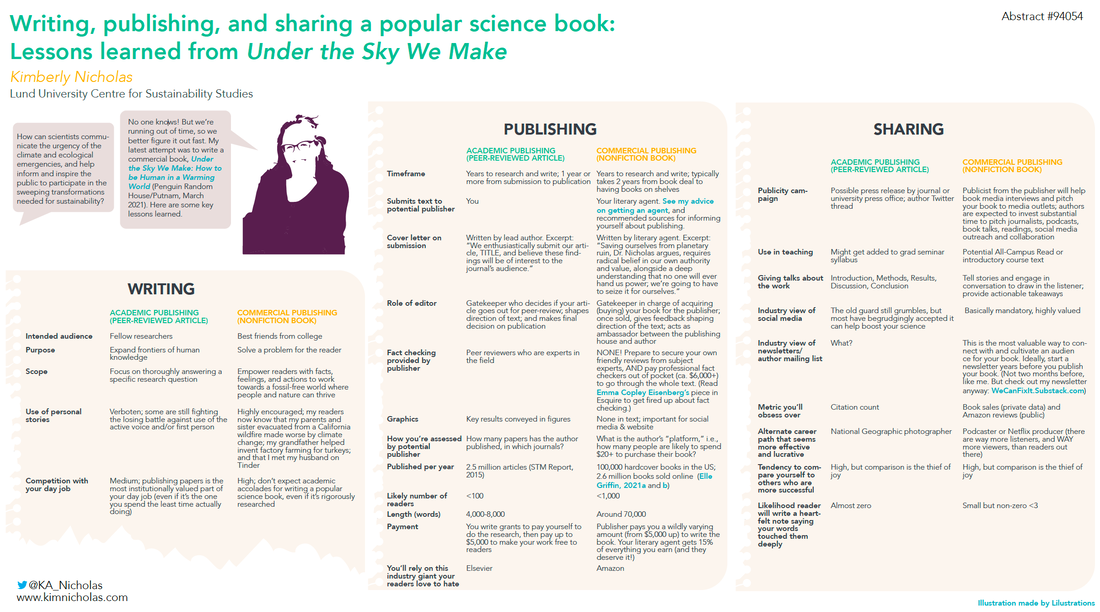
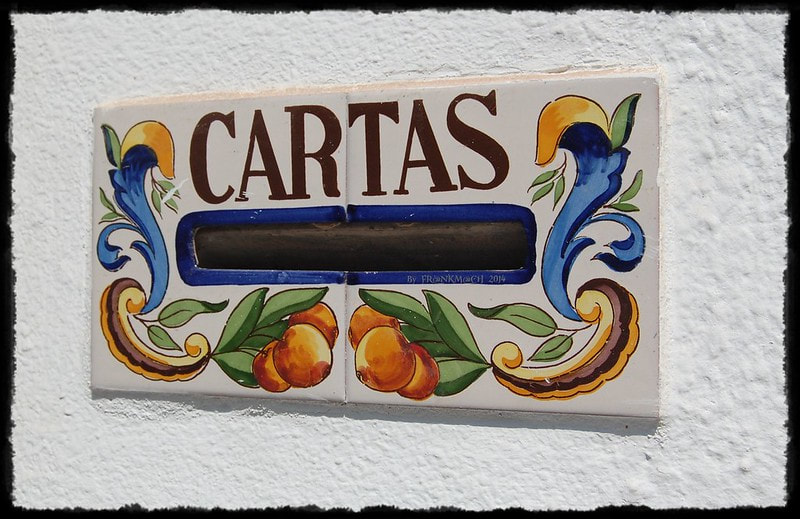
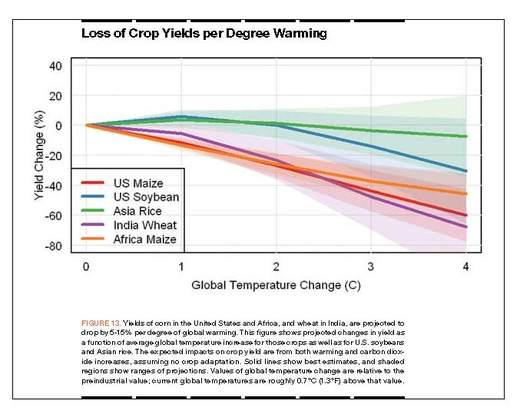

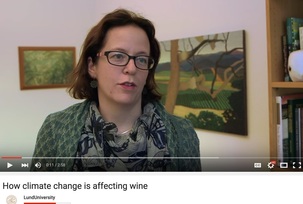
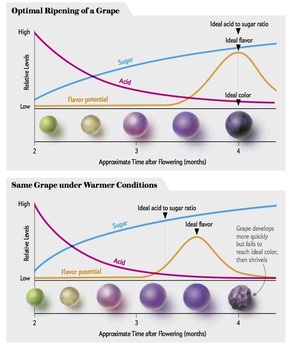
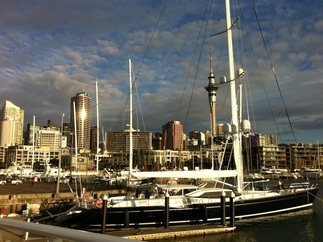
 RSS Feed
RSS Feed
